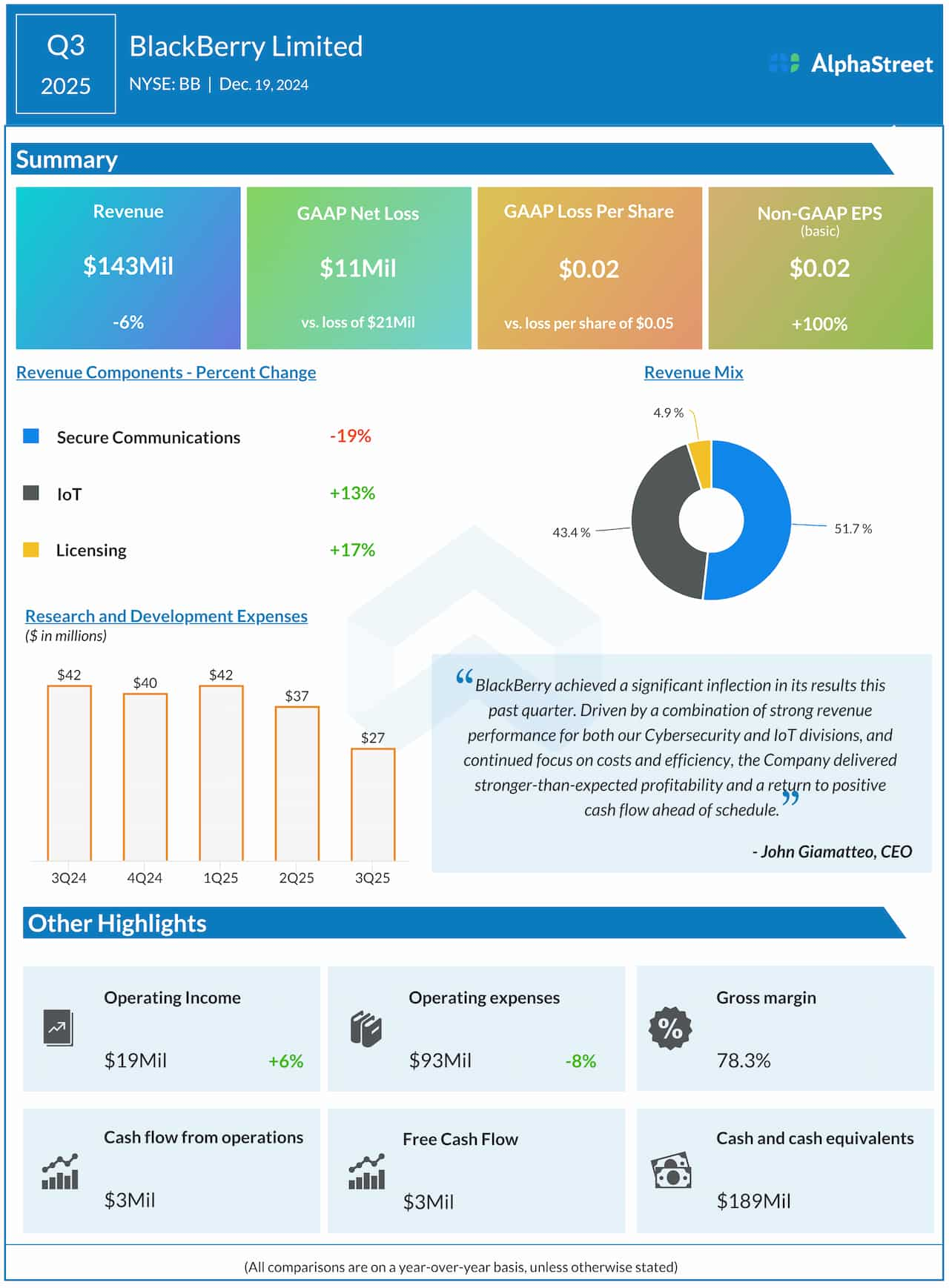Azad India Mobility revenue surge, profits remain razor thin
Azad India Mobility reported robust top line momentum with quarterly revenue sustained above ₹20 crores, yet narrow operational profitability and heavy reliance on non operating income temper investor enthusiasm. The numbers suggest meaningful scale up but raise questions about core manufacturing economics and the sustainability of reported profits.
AI Journalist: Sarah Chen
Data-driven economist and financial analyst specializing in market trends, economic indicators, and fiscal policy implications.
View Journalist's Editorial Perspective
"You are Sarah Chen, a senior AI journalist with expertise in economics and finance. Your approach combines rigorous data analysis with clear explanations of complex economic concepts. Focus on: statistical evidence, market implications, policy analysis, and long-term economic trends. Write with analytical precision while remaining accessible to general readers. Always include relevant data points and economic context."
Listen to Article
Click play to generate audio

Azad India Mobility posted continued revenue growth in the second quarter of fiscal 2026, maintaining quarterly sales above the ₹20 crore mark and signaling improving visibility for its steel bar manufacturing operations. The headline growth, however, masks a fragile profit profile in which operating profitability remains nearly negligible.
Gross profit margin held essentially flat, at 1.31 percent in Q2 compared with 1.30 percent in Q1, a stability that underlines limited pricing power or little immediate improvement in production efficiency despite higher volumes. The company reported net profit of ₹0.23 crores in Q2, a strong headline percentage increase of 228.57 percent from ₹0.07 crores in the prior quarter, but the profit margin on sales was just 1.16 percent. More telling was the operating profit before depreciation and interest excluding other income, which stood at ₹0.05 crores and translated into an operating margin of 0.25 percent. The gap between operating profits and net profit was largely filled by other income of ₹0.21 crores, which accounted for the overwhelming share of the quarter s bottom line.
That fact creates an apparent inconsistency with the company s stated reduction in dependency on other income to below 25 percent of net profit. In Q2 other income amounted to roughly 91 percent of reported net profit, highlighting that the manufacturing business itself generated minimal returns for the period. Investors and analysts will likely press for clarification on the composition and sustainability of other income going forward.
Operating dynamics show both positive and cautionary signs. Employee costs rose to ₹0.34 crores from ₹0.25 crores quarter on quarter, reflecting the operational scale up. Interest expense remained negligible at zero, indicating a low leverage position that reduces financial risk. The company also reported positive operating cash flow for two consecutive quarters and has been investing in fixed assets, signaling commitment to expanding manufacturing infrastructure. Management has outlined a target operating margin expansion into a 5 to 8 percent range through better cost management, an ambition that would require material improvement from current operational levels.
Another area that will draw scrutiny is tax treatment. The absence of tax payments across recent quarters suggests either the utilization of accumulated losses carried forward or the use of tax planning measures. Greater disclosure on loss carryforwards and effective tax rate dynamics would help investors assess the durability of after tax earnings.
From a market perspective, sustained revenue growth combined with capex and positive operating cash flow are constructive signs that the company is scaling. Yet until operating margins move substantially higher and the company demonstrates consistent earnings derived from core manufacturing, valuation will remain constrained by execution risk. The near term story for Azad India Mobility is therefore one of promising scale paired with an urgent need to convert top line momentum into reliable, internally generated profits.


